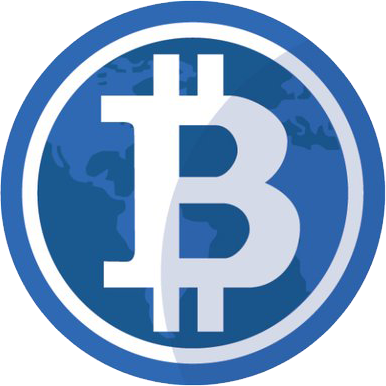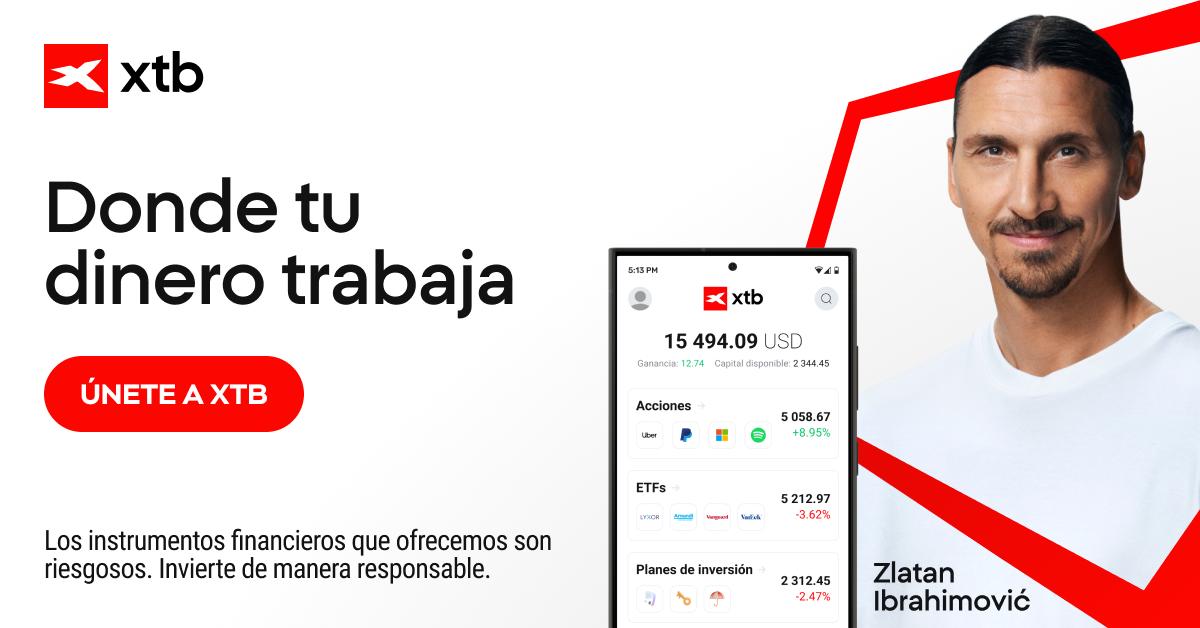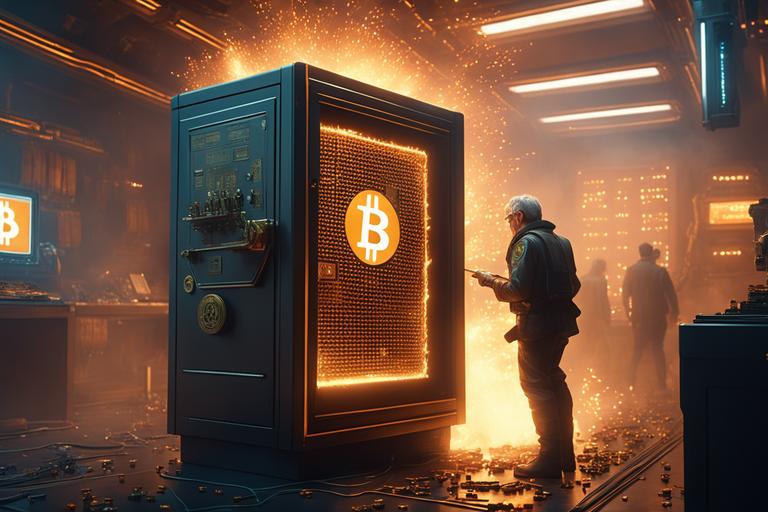Understanding the Bitcoin Mining Process
Bitcoin mining is the process of generating new Bitcoins by verifying and recording bitcoin transactions on the blockchain. In this process, a miner is rewarded with bitcoins for completing a block. Bitcoin mining is an integral component of the bitcoin network as it allows users to process and verify transactions, release new units of bitcoin, and secure the blockchain from malicious actors. Since its invention in 2009, bitcoin mining has grown rapidly in complexity and difficulty. Many people are interested in understanding the Bitcoin mining process and the technology behind it.
The Basics of Bitcoin Mining
At its core, Bitcoin mining is essentially the process of confirming valid transactions on the Bitcoin blockchain. This involves using a computer to find a cryptographic solution to a complex mathematical problem. When a miner solves a problem, it adds a new block to the blockchain that contains a record of recent transactions. This block is then validated and permanently stamped on to the blockchain. In exchange for solving this proof-of-work and validating the block, the miner is rewarded with newly created bitcoins.
Hardware and Software Requirements for Bitcoin Mining
The Bitcoin mining process requires specialized hardware and software. Bitcoin miners are devices that are specifically designed to solve the cryptographic puzzles necessary for successful mining. Specialized ASIC (application-specific integrated circuit) chips and GPUs are used in most commercial miners. Additionally, a mining rig requires powerful control systems and cooling solutions, as well as required software such as the bitcoin daemon and mining software.
Proof-Of-Work and the Mining Process
Before a block of bitcoin transactions is added to the blockchain, miners must complete a proof-of-work task. This is a complex cryptographic puzzle that must be completed in order to validate a block of transactions. The proof-of-work involves taking a snap-shot of the network’s current transactions and adding a random number to produce an output. This output is then compared against a target difficulty, which is constantly adjusted by the bitcoin protocol to ensure that on average, one proof-of-work will be found every 10 minutes.
Rewards for Bitcoin Mining
When a miner successfully validates a block of transactions, they are rewarded with newly created bitcoins. This is known as a «block reward». Block rewards halve every 210,000 blocks, or approximately every 4 years. The current block reward is 6.25 bitcoins. In addition to block rewards, miners earn transaction fees from the blocks they mine. Transaction fees are paid by users who initiate bitcoin transactions. Miner’s are free to set their own transaction fees, with higher fees increasing the chances of their block being accepted early in the validation process.
Conclusion
Understanding the bitcoin mining process is essential for anyone who is looking to get involved in the cryptocurrency industry. Bitcoin mining requires a specialized hardware setup and the right software to run the network. Miners complete a proof-of-work task for every block, allowing them to be rewarded with new bitcoins for each successful submission. The current block reward for mined blocks is 6.25 bitcoins, in addition to the transaction fees associated with the block. With the right knowledge and setup, anyone can get involved in the exciting world of bitcoin mining!



